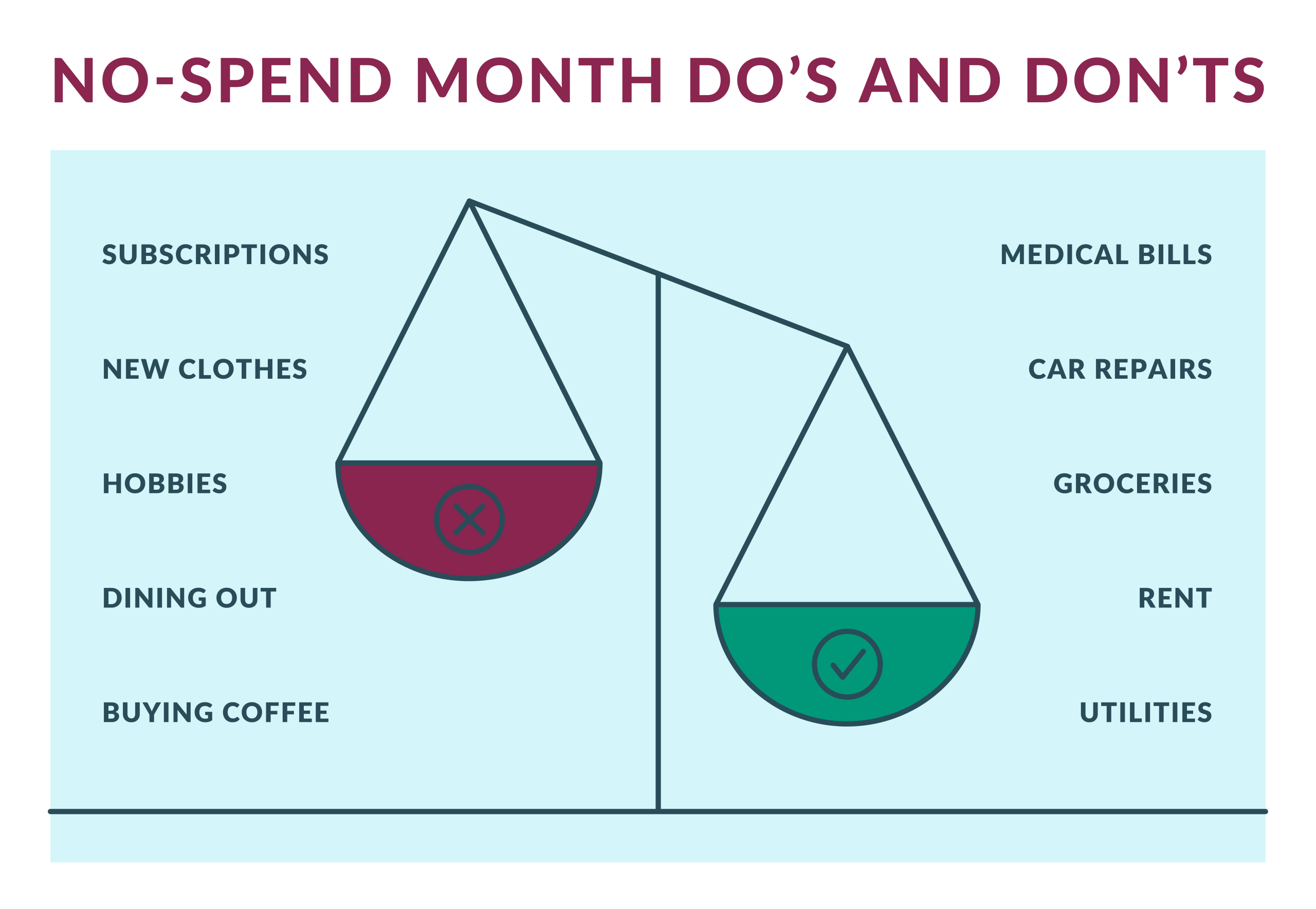Anúncios
Understanding the financial options available in old age is important to ensure a peaceful and secure retirement. One such option, which has gained prominence in the United States, is the reverse mortgage.
In this content, we explain everything you need to know about reverse mortgages, from how they work to their pros and cons, helping you make an informed decision about your financial future.
If you are thinking about how to supplement your income in retirement or simply want to understand this credit option better, read until the end to uncover the mysteries.
What is a Reverse Mortgage?
A reverse mortgage is a special type of home loan available to homeowners who are 62 years or older.
Unlike a traditional mortgage, where you make monthly payments to the lender, with a reverse mortgage, the lender makes payments to you.
Essentially, you are converting part of the equity in your home into cash without needing to sell it.
Thus, this process allows you to continue living in your home while accessing funds to supplement your income, pay for medical expenses, or meet other needs.
However, it is important to emphasize that a reverse mortgage is not free of costs and responsibilities, and understanding all the details is essential before proceeding.
Still have doubts about what a reverse mortgage is and how it works? Keep reading as we bring more details!
How Does It Work?
A reverse mortgage works by accumulating interest on the loan balance over time. Instead of paying the loan monthly, interest is added to the outstanding balance.
The loan, along with the accrued interest, becomes due when the borrower dies, sells the home, or no longer resides in it as their primary residence.
The amount you can receive from this type of mortgage depends on several factors, including your age, the value of your home, current interest rates, and the type of reverse mortgage you choose.
There are different payment options, such as a lump sum, monthly payments, a line of credit, or a combination of these options.
Additionally, the flexibility allows you to choose the best way to access the funds according to your needs.
It is important to mention that, even with a reverse mortgage, you remain responsible for paying property taxes, home insurance, and maintaining the property.
What are the Costs Involved?
It’s necessary to understand the costs associated with a reverse mortgage. Besides the interest that accumulates on the loan, there are additional fees that affect the net amount you receive.
Some of the main ones are:
- Origination Fees: These are fees charged by the lender to process the loan and can be significant, generally ranging from 0% to 2% of the home value, with a maximum cap set by the FHA (Federal Housing Administration).
- Mortgage Insurance Premium (MIP): Similar to mortgage insurance on conventional loans, the MIP protects the lender against losses if the sale of the home does not cover the loan balance. There are two types of MIP, an initial premium paid at closing and an annual premium added to the loan balance.
- Servicing Fees: These fees cover the administration of the loan, including monthly statements and other services.
- Third-Party Fees: These include appraisals, title searches, and other fees paid to third parties involved in the transaction.
Understanding these fees is necessary to calculate the real cost of the reverse mortgage and determine if it is the right option for you.
Who Can Get a Reverse Mortgage?
To qualify for a reverse mortgage, you must meet some basic requirements.
You need to be 62 years or older, own the home, and reside in it as your primary residence, and have sufficient home equity.
However, it is important to note that, although the minimum age is 62 years, the older you are, the more money you can potentially receive from the reverse mortgage.
What are the Advantages of a Reverse Mortgage?
A reverse mortgage offers several advantages for qualified homeowners, such as:
- Supplemental retirement income: One of the main benefits is the ability to supplement retirement income with monthly payments, a line of credit, or a lump sum, providing greater financial stability.
- Tax-free proceeds: The funds received through a reverse mortgage are generally tax-free, which can be a significant advantage.
- Help in paying off an existing mortgage: If you still have a mortgage on your home, a reverse mortgage can be used to pay it off, eliminating traditional mortgage payments.
- Flexibility: A reverse mortgage offers flexibility in how you receive the funds, allowing you to choose the option that best suits your needs.
In other words, a reverse mortgage can be an alternative to improve your quality of life in retirement.
Are There Disadvantages to Choosing a Reverse Mortgage?
Despite the advantages, consider and also analyze the disadvantages of this solution:
- Accumulation of interest: As interest is added to the loan balance, the amount owed increases over time, reducing the home equity.
- Initial costs: Origination fees and other initial costs can be high, reducing the net amount you initially receive.
- Ongoing responsibilities: Even with a reverse mortgage, you are still responsible for paying property taxes, home insurance, and maintaining the property. Failing to meet these obligations can lead to foreclosure.
- Impact on inheritance: A reverse mortgage can affect the equity that you leave to your heirs.
It is crucial to carefully weigh the pros and cons before deciding on a reverse mortgage.
Therefore, talking with a financial advisor and a reverse mortgage specialist can provide clearer information and help you make a confident decision. This is a complex issue and requires a careful analysis of your individual financial situation.
When well understood, it is a very powerful resource, but it requires caution and planning.
So, stay alert and think carefully if this option would be ideal for you and your financial situation, your family, and your home.
For more information on mortgages, credit, and loans, continue following our site! Also read how to ensure the best financing rate when buying real estate.






